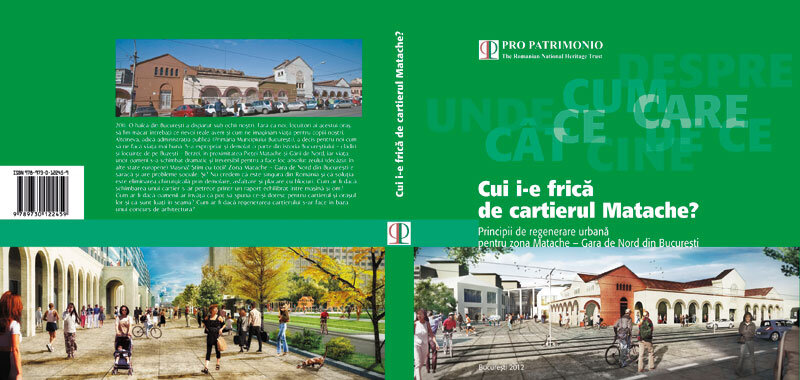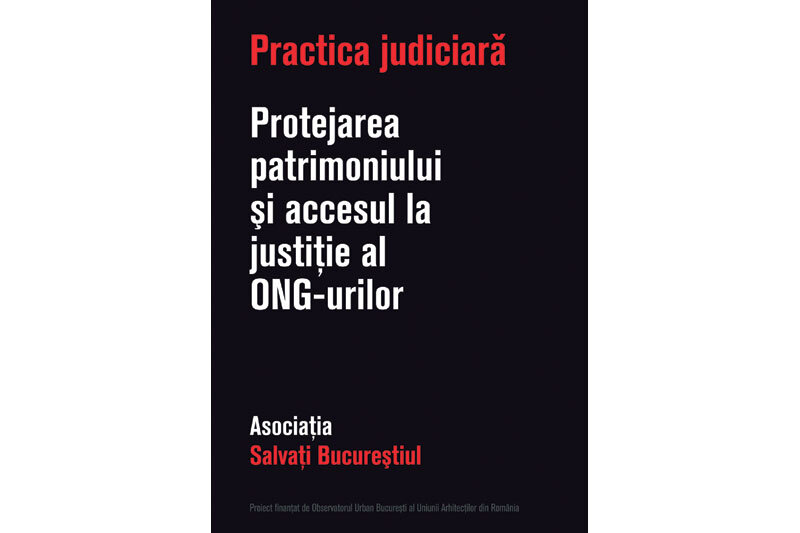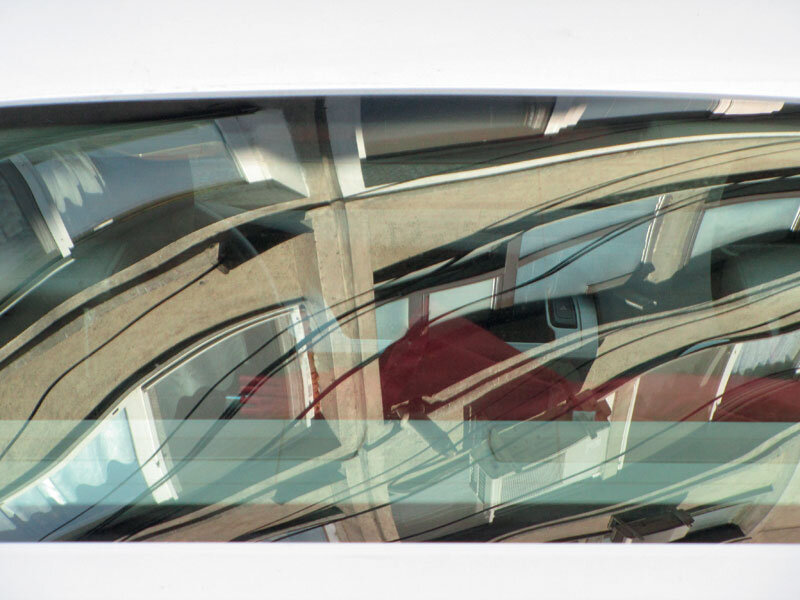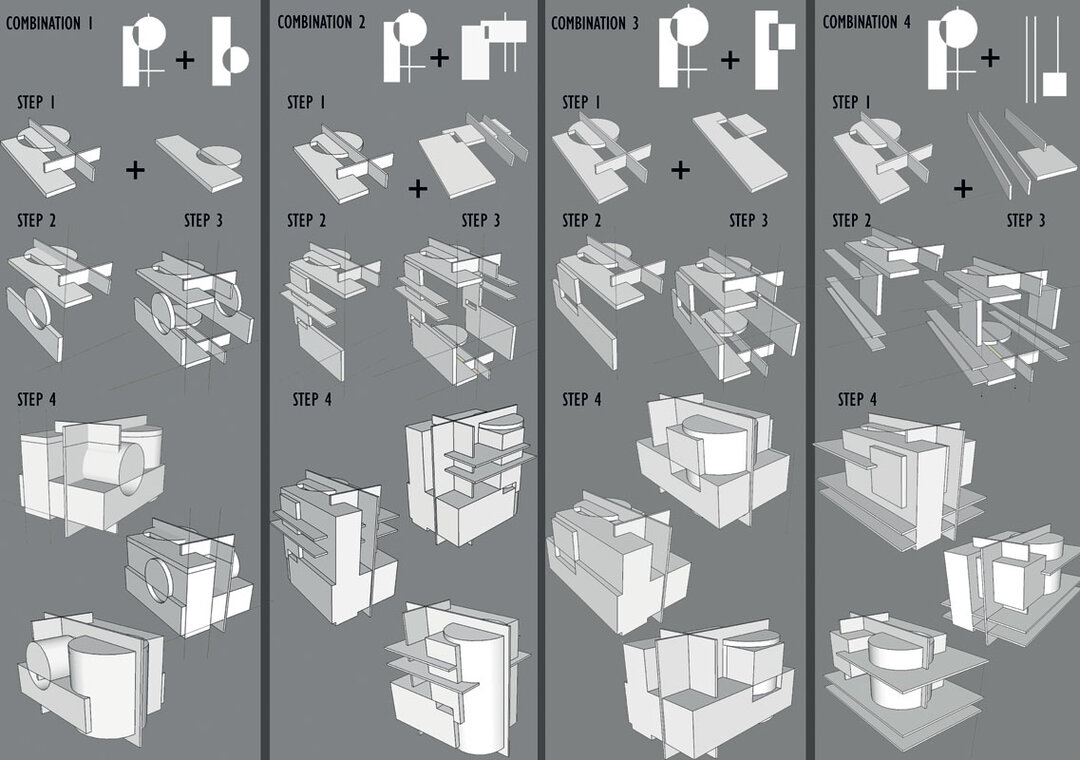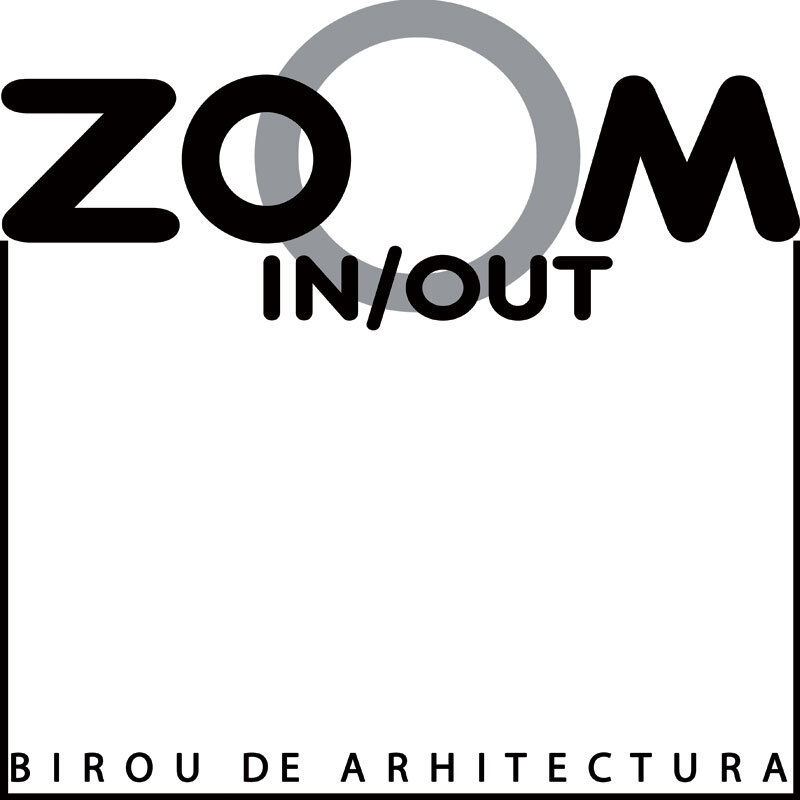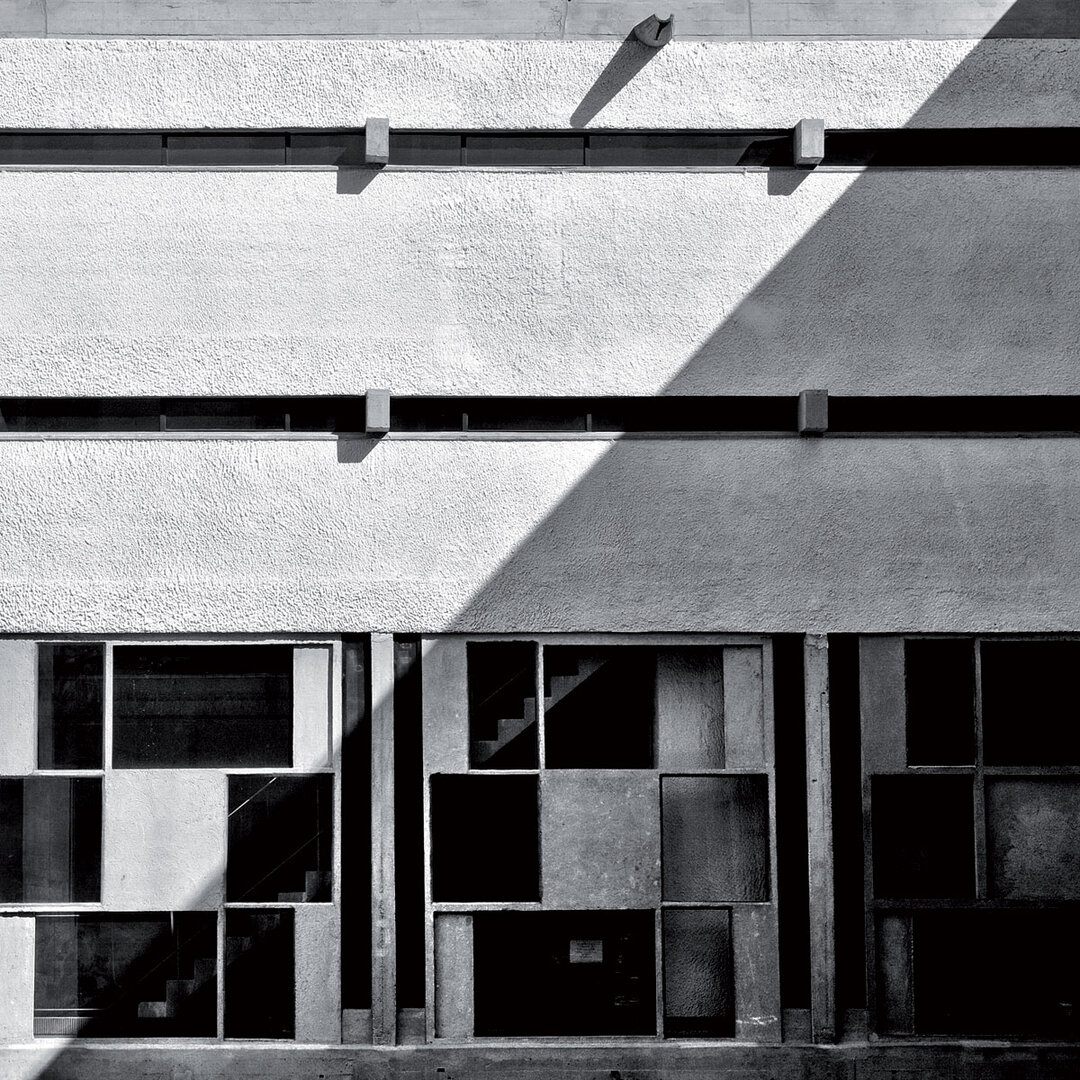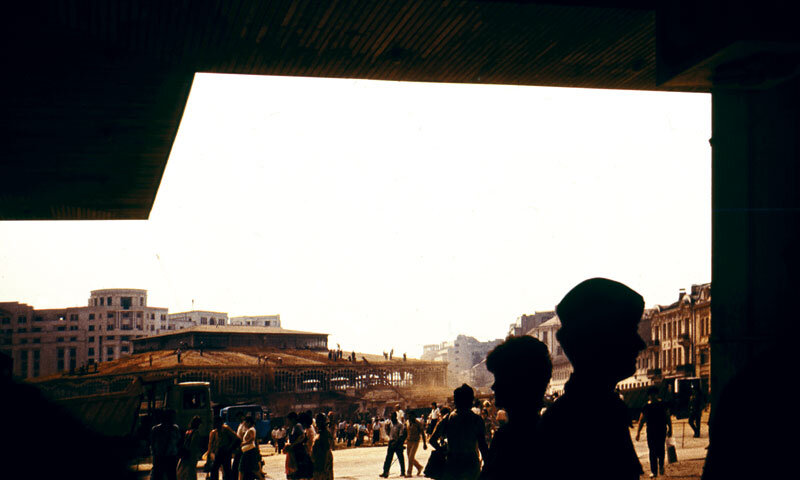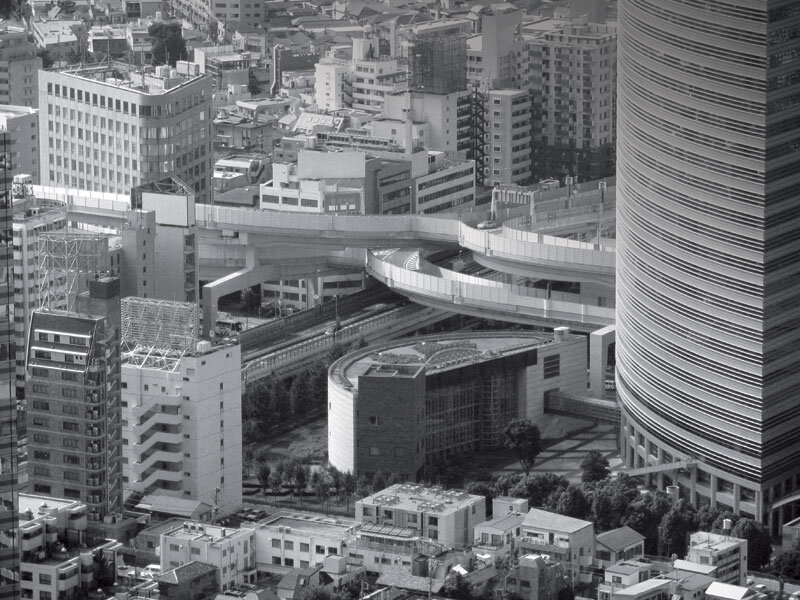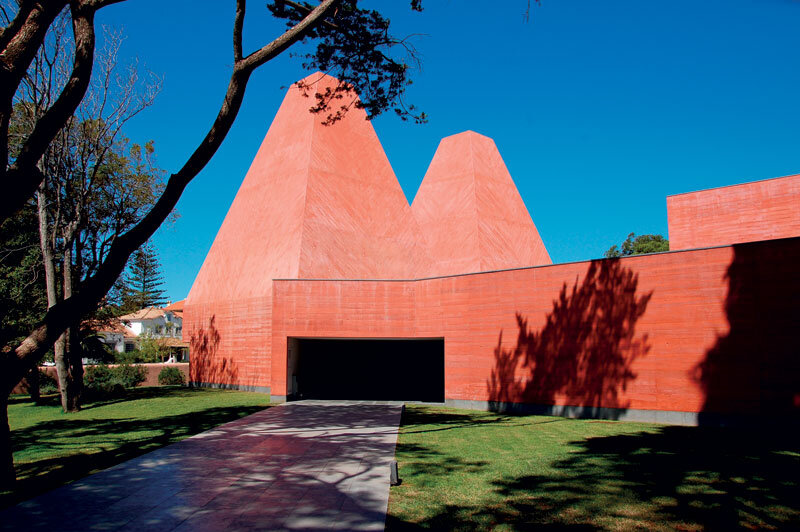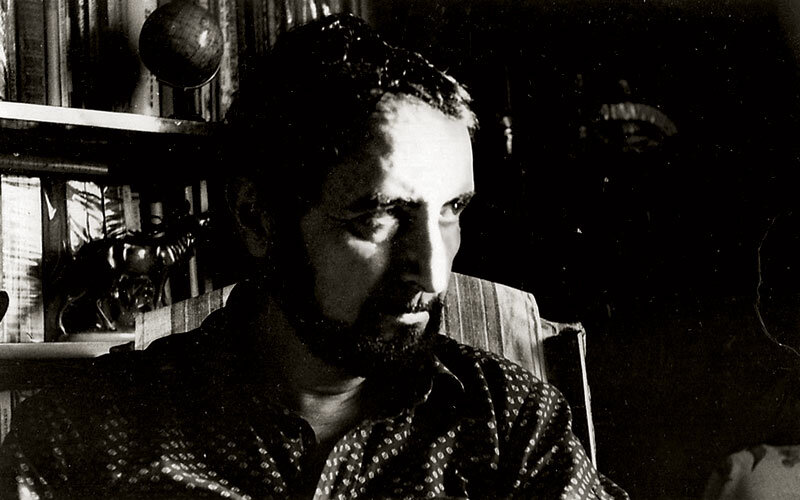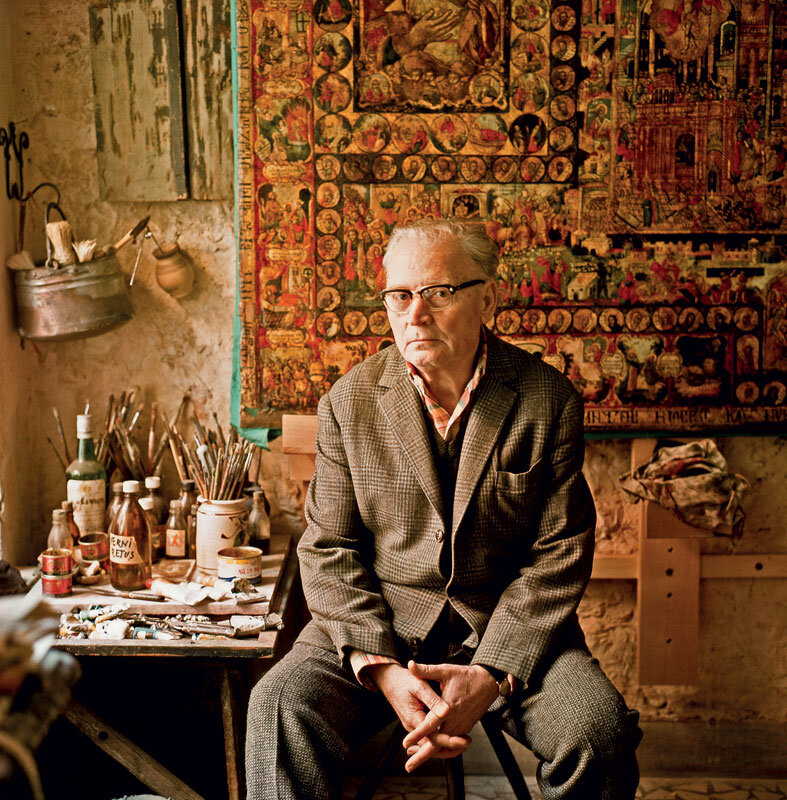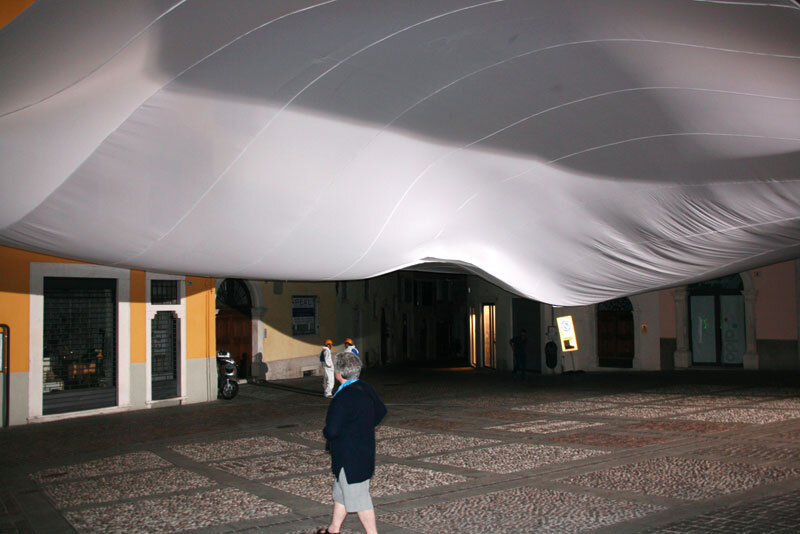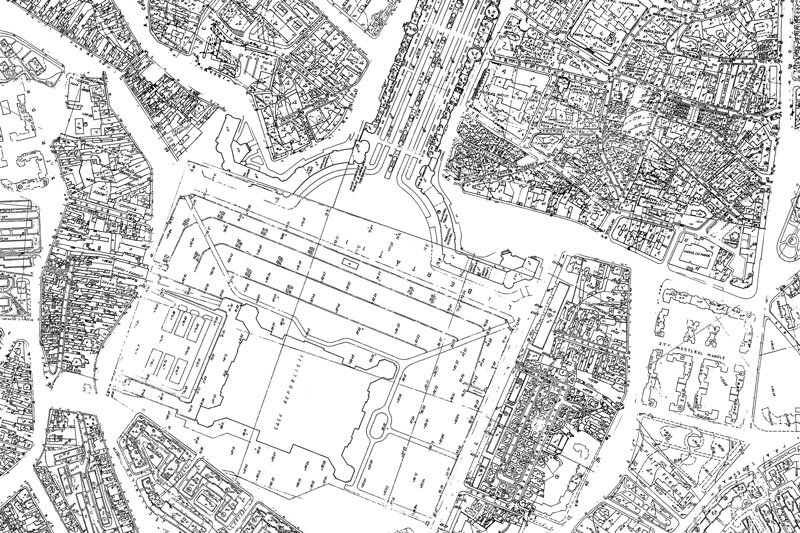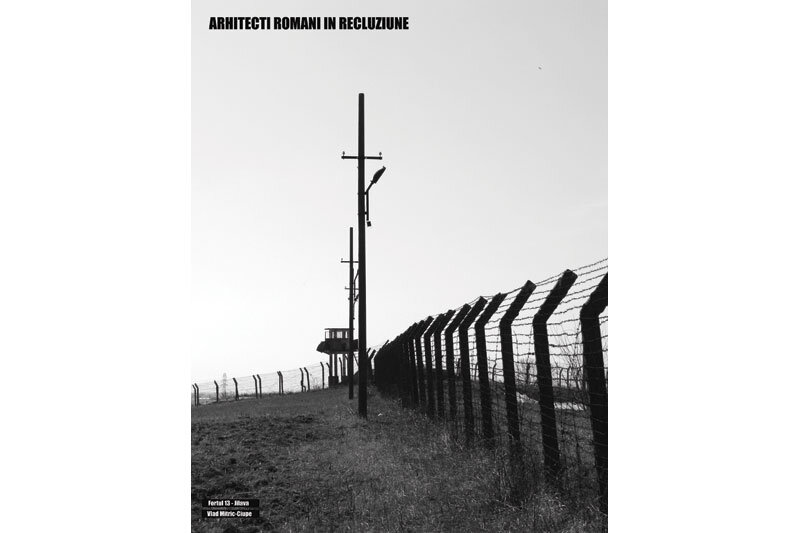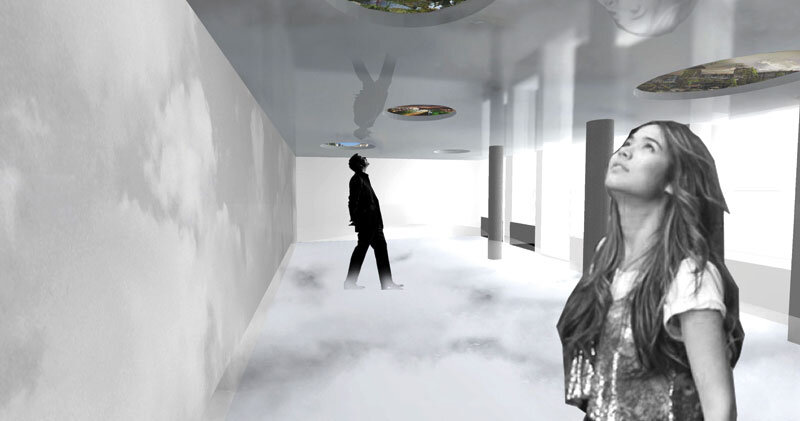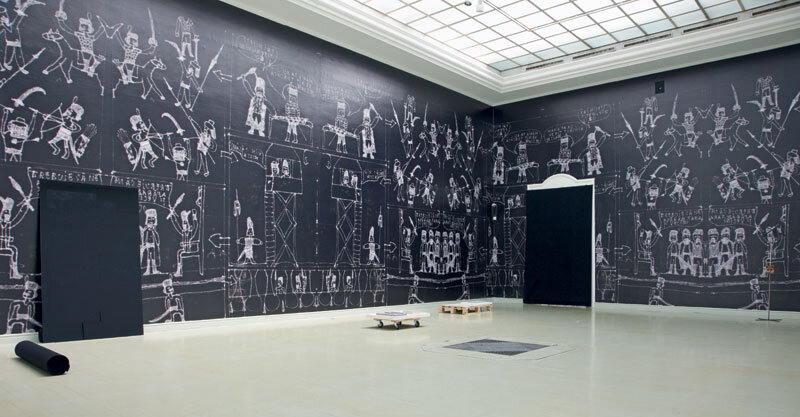
A different kind of book. "Who's afraid of the Matache neighborhood?"

The volume I edited, with the suggestive title Cui i-e frică de cartierul Matache? Principles of urban regeneration for the Matache - Gara de Nord area in Bucharest (Pro Patrimonio 2012), is a manifesto-book, a project-book, a landmark book of a phenomenon of concentrated urban activism, which shows that anyone can take the initiative and propose solutions for the neighborhood and the city. It was launched, not by chance, on the occasion of the professional conference organized by the OAR on " Another kind of architect - another approach to public space", following the presentation given by Șerban Sturdza on " What kind of architect is waiting for the historic districts?
At the end of 2010, the Bucharest City Hall decided to start the works for the North-South Diametrala, based on the Zonal Urban Plan for the Buzești-Berzei-Uranus Diametrala. The demolitions have brought back painful memories for the people of Bucharest, especially because of the way they were implemented (carried out at night, without dismantling valuable parts for reuse or materials, with the evacuation of residents in winter). The PUZ is unsustainable and anachronistic, with false premises and priorities that ignore the complex reality of life and living in the neighborhood. The underlying premises of the project are to increase traffic fluidity and transit car traffic, without analyzing the consequences on mobility as a whole and on life in the neighborhood. These are not in the public interest and run counter to the sustainable urban policies that Romania has committed itself to in international documents.
The book shows, at the initiative of specialists grouped ad hoc under the name of Volunteer Architects, how a problem area (Matache - North Station area) could be regenerated urban, taking into account the identity of the place and the main local resource, the human one, and keeping the balance between car and inhabitant. A central element is the maintenance, rehabilitation and refunctionalization of the Matache Măcelaru Hall, a historical monument, for commercial purposes. Other experts in their fields - city development (Olivier Bastin, chief architect of the Brussels region), architecture (Șerban Țigănaș, Ana Maria Zahariade), anthropology (Vintilă Mihăilescu), publicist (Stelian Tănase), urban landscape (Gruia Bădescu) - speak to us as volunteer writers about European principles of urban mobility, identity and memory. Why not apply a coherent development vision to Bucharest? At the time of the book's publication, February 2012, the North-South Diametral operation is far from over. The urban scarring of the city through urban regeneration has an open end. The very physical survival of Matache Hall is in question because of the concerted devastation. That is why I believe that this manifesto-book will, in time, be read as part of the recent history of urban planning in Romania.
* Mirela Duculescu (b. 1972), art historian, research activity in the history of architecture, PhD student in the history of Romanian design at the National University of Arts in Bucharest. He has reviewed design, edited books and written articles and essays in the specialized press. Founding member of Arhiterra, vice-commissioner of the Romanian Pavilion at the 2008 Venice Architecture Biennale, author of the monographic volume George Matei Cantacuzino (1890-1960) - arhitectura ca temă de gândirii, Simetria, 2010.

